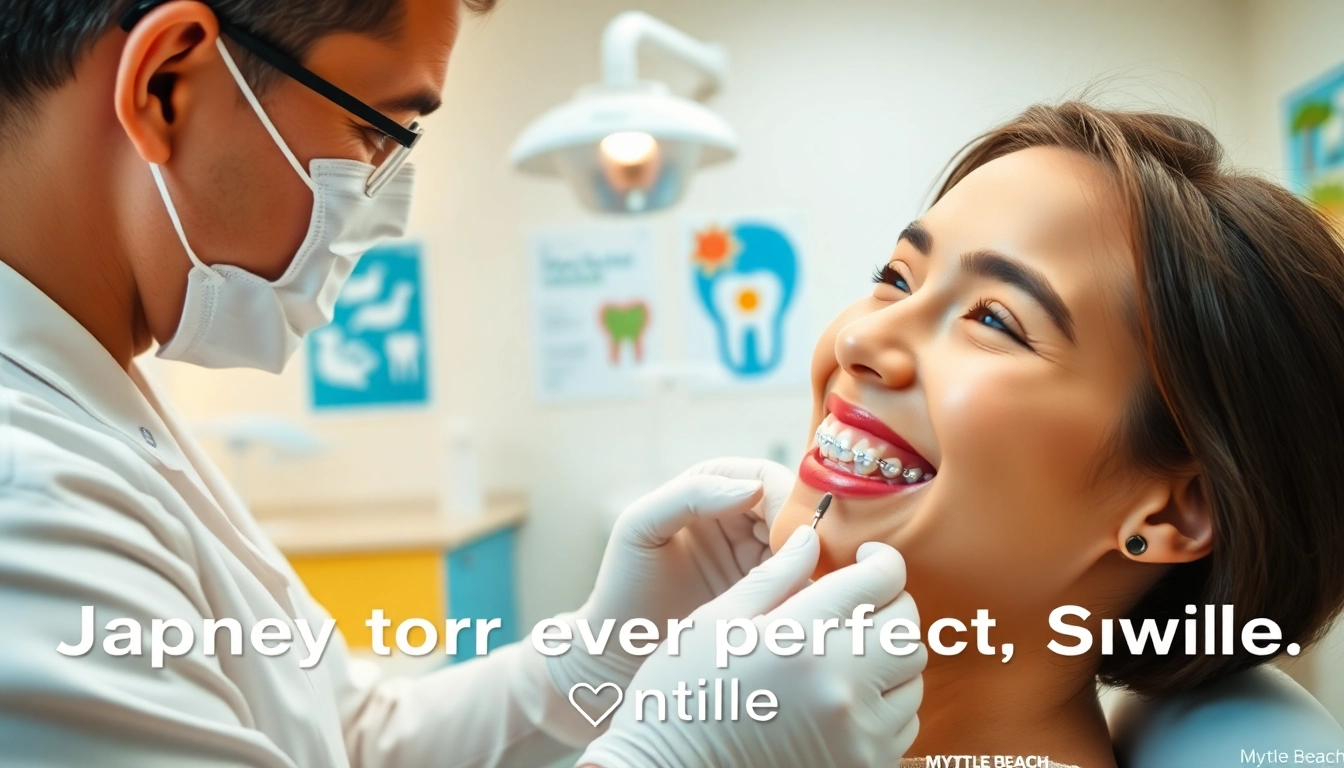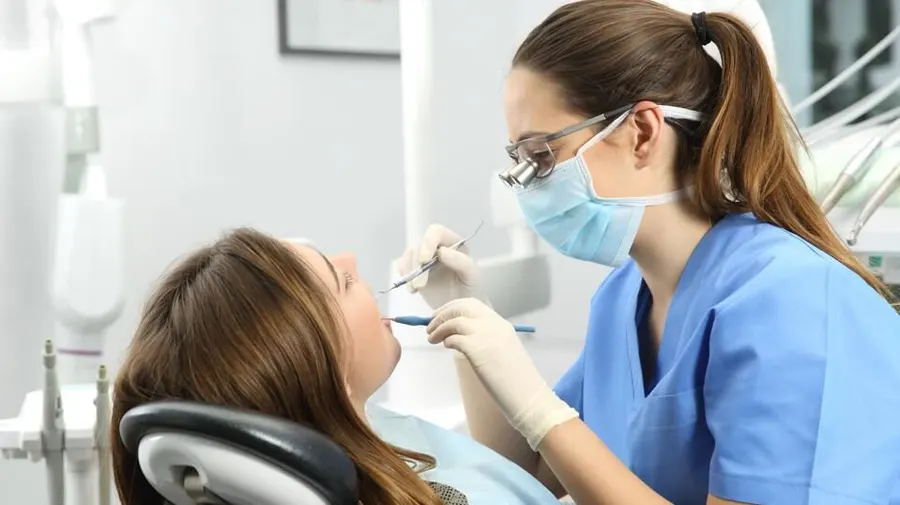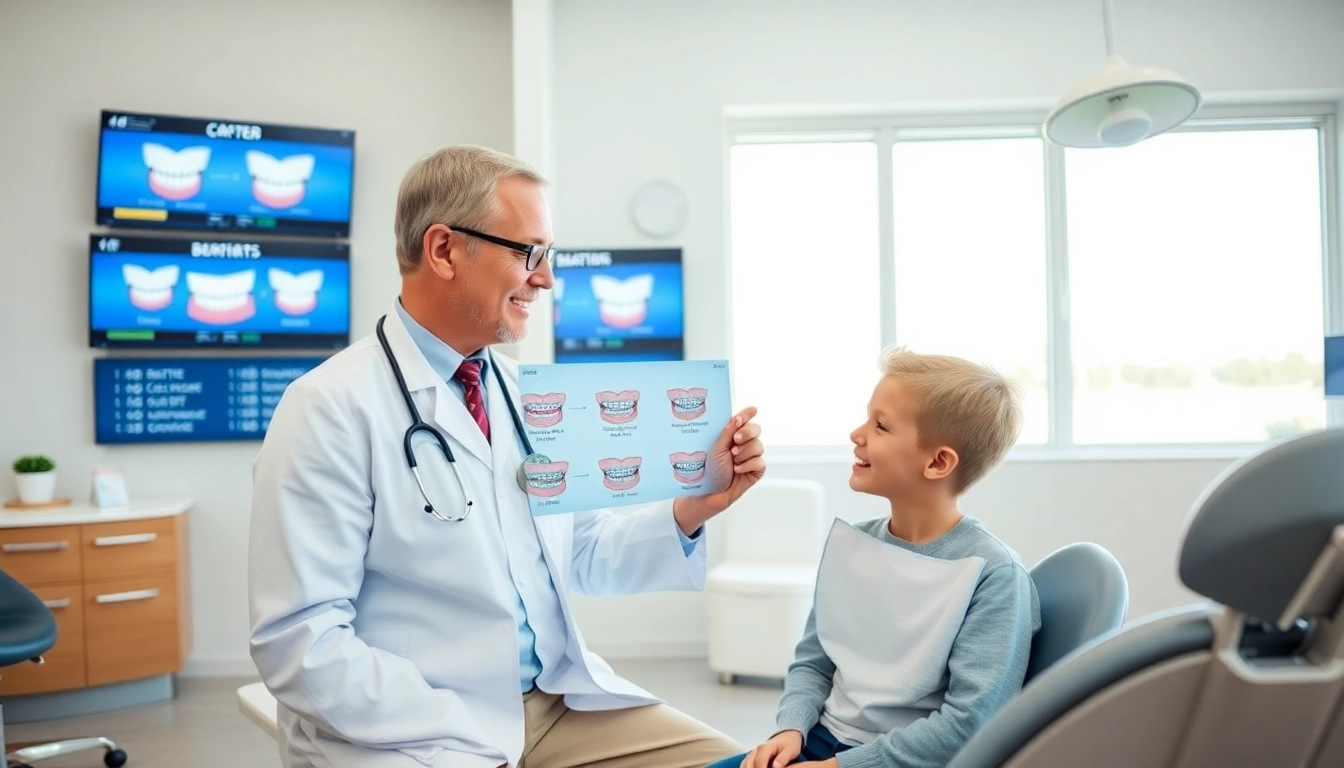Understanding Braces Myrtle Beach
When it comes to achieving a flawless smile, braces Myrtle Beach play a crucial role in helping individuals of all ages align their teeth and improve their overall oral health. The world of orthodontics can be overwhelming with various options and terminologies, but understanding the fundamentals of braces can empower you to make informed decisions regarding your dental care. This comprehensive guide delves into what braces are, the types available, and why they are a popular choice in Myrtle Beach.
What are Braces?
Braces are dental devices used to correct misaligned teeth and jaws. Traditionally constructed from metal, braces consist of brackets, archwires, and elastics that work together to gradually shift teeth into proper position. Although their primary function is aesthetic, braces significantly contribute to long-term oral health, facilitating better cleaning and reducing the risk of gum disease and tooth decay.
Types of Braces Available
When considering braces in Myrtle Beach, patients have various options. Here are the most common types:
- Metal Braces: The traditional choice, metal braces are durable and effective for all age groups. They consist of metal brackets cemented to the teeth and connected with flexible wires.
- Clear Braces: Made of ceramic materials, clear braces are less noticeable than metal braces, making them popular among adults and teens who prefer a more aesthetic treatment.
- Lingual Braces: Similar to metal braces but placed on the back of the teeth, lingual braces are a discreet option for individuals seeking orthodontic treatment without visible hardware.
- Invisalign: This innovative system utilizes a series of clear, removable aligners to gradually shift teeth. While not traditional braces, Invisalign is a favored alternative among many looking for a less invasive option.
Why Choose Braces in Myrtle Beach?
Myrtle Beach is not only known for its beautiful coastline and vibrant community but also for its top-tier dental care. Choosing braces in Myrtle Beach means accessing experienced orthodontists who are knowledgeable about the latest technologies and techniques in the field. Furthermore, undergoing treatment locally allows for easier access to follow-up appointments, ensuring a smoother journey toward your ideal smile. Many clinics also offer flexible payment plans, making orthodontic care more accessible to residents.
Choosing the Right Braces for You
Assessing Your Orthodontic Needs
The first step toward selecting the right braces involves an assessment by an orthodontist. During your initial consultation, the orthodontist will evaluate the alignment of your teeth, jaw relationships, and oral health status. Factors such as the severity of misalignment, age, lifestyle preferences, and budget will determine the best braces option for you.
Consultation Process in Myrtle Beach
Visiting an orthodontist for a consultation typically involves a series of steps:
- Initial Examination: The orthodontist will visually inspect your teeth and jaws and may take X-rays to better understand your dental structure.
- Discussion of Options: Based on the examination, the orthodontist will outline possible treatment options tailored to your specific needs.
- Cost Estimation: You’ll receive an overview of treatment costs and discuss payment options before proceeding.
- Creating a Custom Treatment Plan: Once you choose your preferred braces, the orthodontist will develop a comprehensive treatment plan tailored to your oral health goals.
Braces vs. Invisalign: Which is Best?
This decision often depends on individual preferences and circumstances. Traditional braces tend to provide faster results for complex alignment issues, while Invisalign offers greater comfort and flexibility. If you lead a busy lifestyle or are concerned about the visual appearance of braces, Invisalign may be better. However, those with more severe malocclusions might benefit more from conventional braces.
The Journey with Braces Myrtle Beach
What to Expect During Treatment
Once braces are applied, patients can expect their journey to take anywhere from several months to a few years, depending on individual circumstances. The orthodontist will provide a timeline of treatment, including goals for discomfort and adjustments. You may experience some discomfort immediately after getting braces or after adjustments, but this typically subsides quickly.
Common Adjustments and Visits
Regular follow-up visits are crucial to ensure that your braces are working correctly and to make necessary adjustments. These appointments typically occur every 4 to 8 weeks. During these visits, wires may be tightened, and elastics or other components may be added. Your orthodontist will also check for any issues or signs of potential complications.
Managing Discomfort with Braces
It is common to feel some discomfort after getting braces or having them adjusted. Over-the-counter pain relievers can help alleviate any pain, while orthodontic wax can be applied to brackets that may be irritating your cheeks or gums. Soft foods are recommended during this period, as they are easier to chew and less likely to irritate sore spots.
Maintaining Oral Health with Braces
Brushing and Flossing Techniques
Maintaining oral hygiene is paramount when wearing braces. It’s important to brush at least twice a day, focusing not only on the teeth but also on the brackets and wires. Special orthodontic toothbrushes and flosser devices can facilitate proper cleaning. Oral hygiene habits should be reinforced during regular check-ups to ensure the braces do not compromise oral health.
Foods to Avoid with Braces
Certain foods can damage braces or make it challenging to maintain oral hygiene. Items to avoid include:
- Hard foods (nuts, hard candies)
- Sticky foods (caramel, taffy)
- Chewy foods (bagels, pizza crust)
- Popcorn and corn on the cob (can get stuck in the braces)
Routine Orthodontic Check-Ups
Keeping up with your orthodontic appointments is critical for the success of your treatment. These regular visits allow your orthodontist to monitor your progress and make any necessary adjustments to ensure optimal results. Neglecting routine check-ups can extend the length of treatment or lead to complications.
Aftercare and Retainers
Why Retainers are Essential
After your braces are removed, the next crucial step is to wear a retainer. Retainers do not only maintain the corrected alignment of your teeth but also prevent them from shifting back into their previous positions. They come in various forms, including removable and fixed, and your orthodontist will recommend the best option based on your treatment results.
Maintenance of Your Retainer
Cleaning your retainer is crucial for oral hygiene. Use a soft toothbrush and non-abrasive toothpaste to eliminate plaque and bacteria. Always store your retainer in a case when not in use to prevent damage. Following your orthodontist’s instructions about the duration and frequency of retainer use is essential for long-term success.
Final Results: Enjoying Your New Smile
Once you complete the treatment and wear your retainer as instructed, it’s time to enjoy the benefits of your new smile! The self-confidence and health improvements that come from a straightened smile are invaluable. Continuous oral hygiene practices and regular dental visits can help maintain that beautiful smile for years to come.




